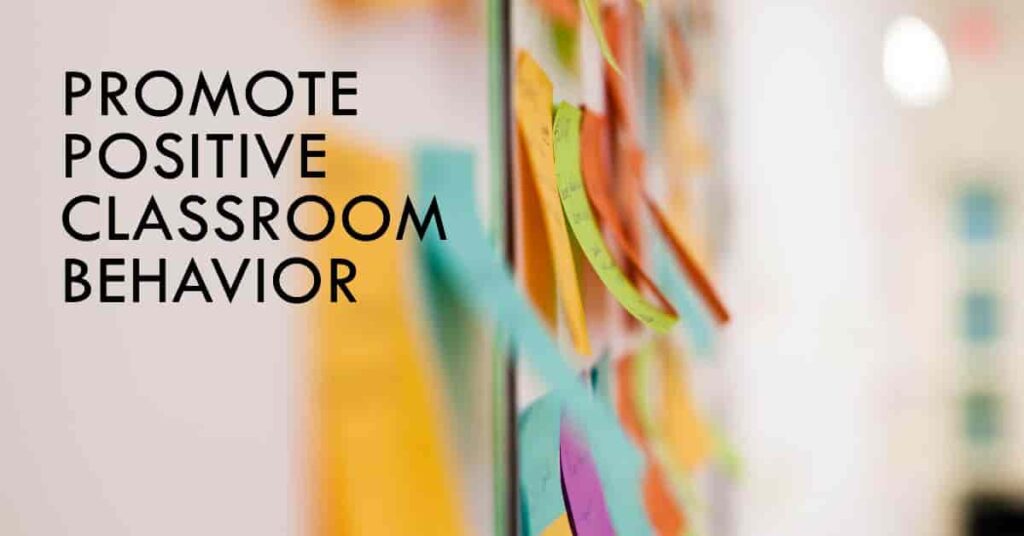How to Improve Classroom Behavior Without Public Shaming
Maintaining good behavior in the classroom is essential for creating a conducive learning environment. However, traditional methods of managing classroom behavior, such as public shaming, can have detrimental effects on students’ self-esteem and mental health. Instead, educators can employ more positive and effective strategies to improve classroom behavior.

The Problems with Public Shaming
Public shaming, which involves singling out students in front of their peers, can lead to feelings of humiliation, anxiety, and resentment. Research shows that such practices can negatively impact a student’s emotional well-being and academic performance .
The Impact of Positive Behavior Management
Positive behavior management not only promotes a harmonious classroom atmosphere but also enhances students’ academic performance and social-emotional well-being (Jones & Jones, 2016). At Valdymas College ,we recognize the significance of these outcomes and has developed a comprehensive approach to cultivate positive behavior among its students.
Valdymas College's Strategies for Improving Classroom Behavior
- Cultivating a Positive Learning Environment: We prioritize creating a positive and inclusive learning environment. Our Teachers are encouraged to build strong relationships with students, fostering a sense of belonging and respect
- Implementing Positive Reinforcement: Our college emphasizes the use of positive reinforcement to encourage desired behaviors. Teachers regularly acknowledge and reward students for their achievements and efforts, reinforcing positive behavior patterns .
- Setting Clear Expectations: We set clear and consistent expectations for behavior, ensuring that students understand what is expected of them. This clarity helps prevent misunderstandings and reduces disruptive behavior.
- Providing Individualized Support: Recognizing that each student is unique, our College offers individualized support to students who may be struggling with behavior. This support may include counseling, mentorship, or tailored interventions .
- Promoting Collaboration with Parents: We believe in the importance of collaboration with parents to address behavior issues.Our teachers and parents work together to develop strategies that support positive behavior both at school and at home.
Some other strategies to improve Classroom Behavior includes:
Positive Behavioral Interventions and Supports (PBIS)
One effective approach is Positive Behavioral Interventions and Supports (PBIS), which focuses on proactive strategies for defining, teaching, and supporting appropriate student behaviors. PBIS emphasizes the importance of creating a positive school culture and providing consistent reinforcement for positive behaviors.
Restorative Practices
Restorative practices focus on building relationships and community, as well as repairing harm when misbehavior occurs. This approach shifts the focus from punishment to understanding and addressing the underlying causes of behavior.
Social and Emotional Learning (SEL)
Social and Emotional Learning (SEL) focuses on developing students’ emotional intelligence, self-regulation, and interpersonal skills. SEL programs teach students how to manage their emotions, set positive goals, show empathy for others, and maintain healthy relationships.

Classroom Management Strategies
Effective classroom management strategies can prevent behavioral issues and create a positive learning environment. These strategies include:
- Structured Environment:Create a structured and predictable classroom environment. Clear routines and procedures help students know what to expect and reduce anxiety .
- Engaging Lessons:Design engaging and interactive lessons that capture students’ interest and keep them focused on learning .
- Positive Relationships:Build positive relationships with students. Show genuine interest in their lives and provide support and encouragement .
Conclusion
Improving classroom behavior without public shaming is not only possible but also more beneficial for students’ long-term development. By implementing strategies such as PBIS, restorative practices, SEL, and effective classroom management, educators can create a positive and supportive learning environment. These approaches foster respect, empathy, and responsibility among students, leading to improved behavior and academic success. At Valdymas College ,we remain committed to promoting positive behavior in its classrooms, ensuring that all students have the opportunity to reach their full potential.
Reference
- Bear, G. G. (2010). School Discipline and Self-Discipline: A Practical Guide to Promoting Prosocial Student Behavior. The Guilford Press.
- Bradshaw, C. P., Mitchell, M. M., & Leaf, P. J. (2010). Examining the Effects of Schoolwide Positive Behavioral Interventions and Supports on Student Outcomes: Results From a Randomized Controlled Effectiveness Trial in Elementary Schools. Journal of Positive Behavior Interventions, 12(3), 133-148.
- Gregory, A., Clawson, K., Davis, A., & Gerewitz, J. (2016). The Promise of Restorative Practices to Transform Teacher-Student Relationships and Achieve Equity in School Discipline. Journal of Educational and Psychological Consultation, 26(4), 325-353.
- Zins, J. E., Weissberg, R. P., Wang, M. C., & Walberg, H. J. (Eds.). (2004). Building Academic Success on Social and Emotional Learning: What Does the Research Say?. Teachers College Press.
- Marzano, R. J., & Marzano, J. S. (2003). The Key to Classroom Management. Educational Leadership, 61(1), 6-13.
- Education Week. (2022). Collaboration with Parents.
- Jones, V., & Jones, L. (2016).“Comprehensive Classroom Management: Creating Communities of Support and Solving Problems.” Pearson.



